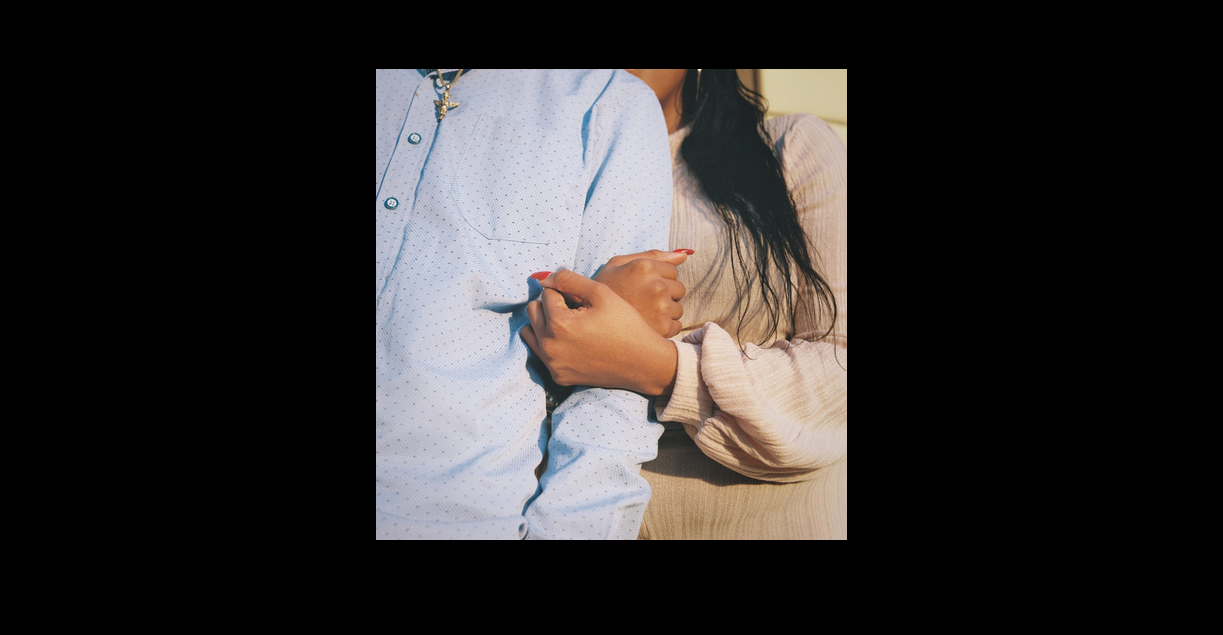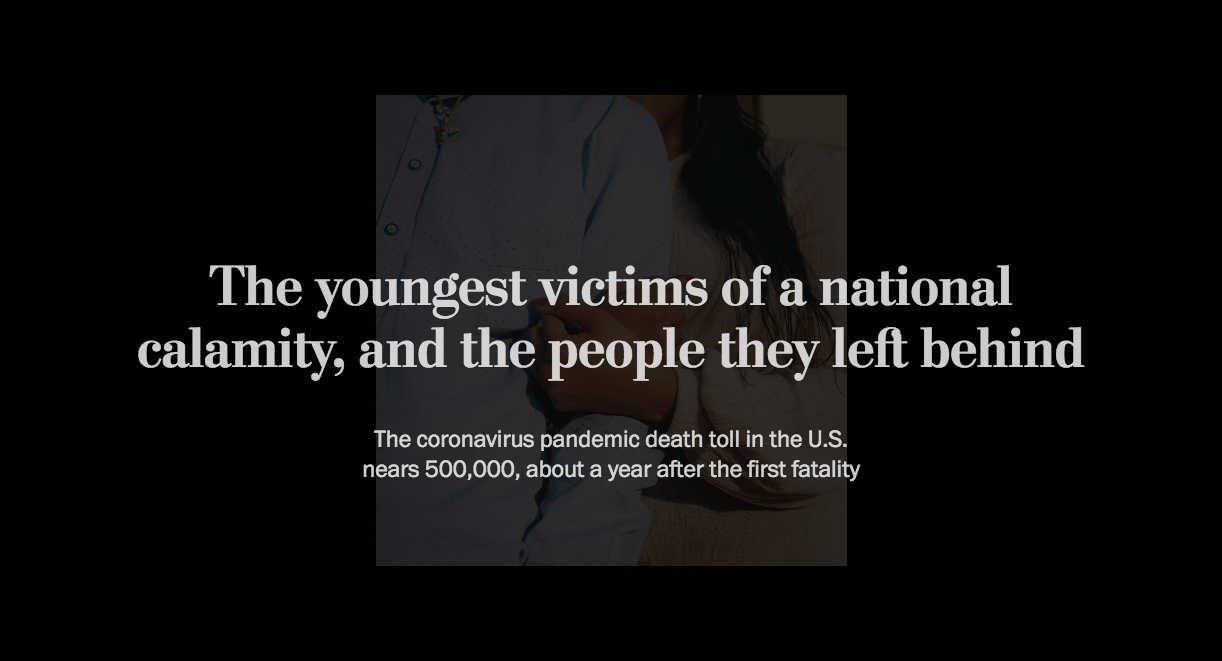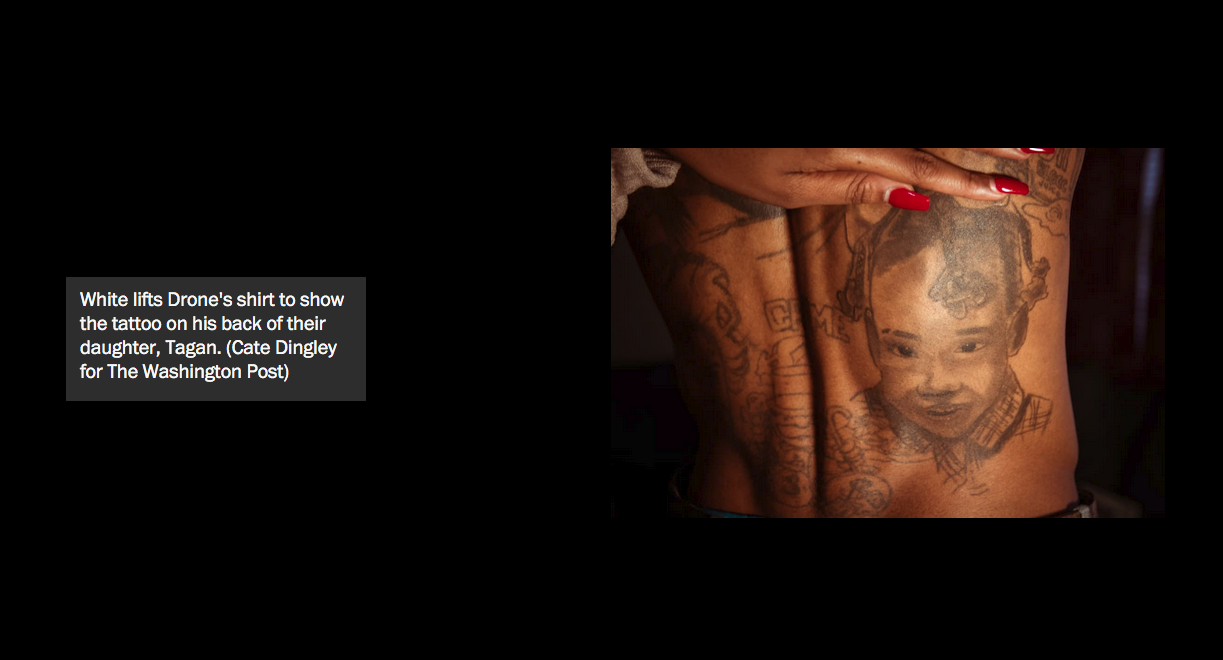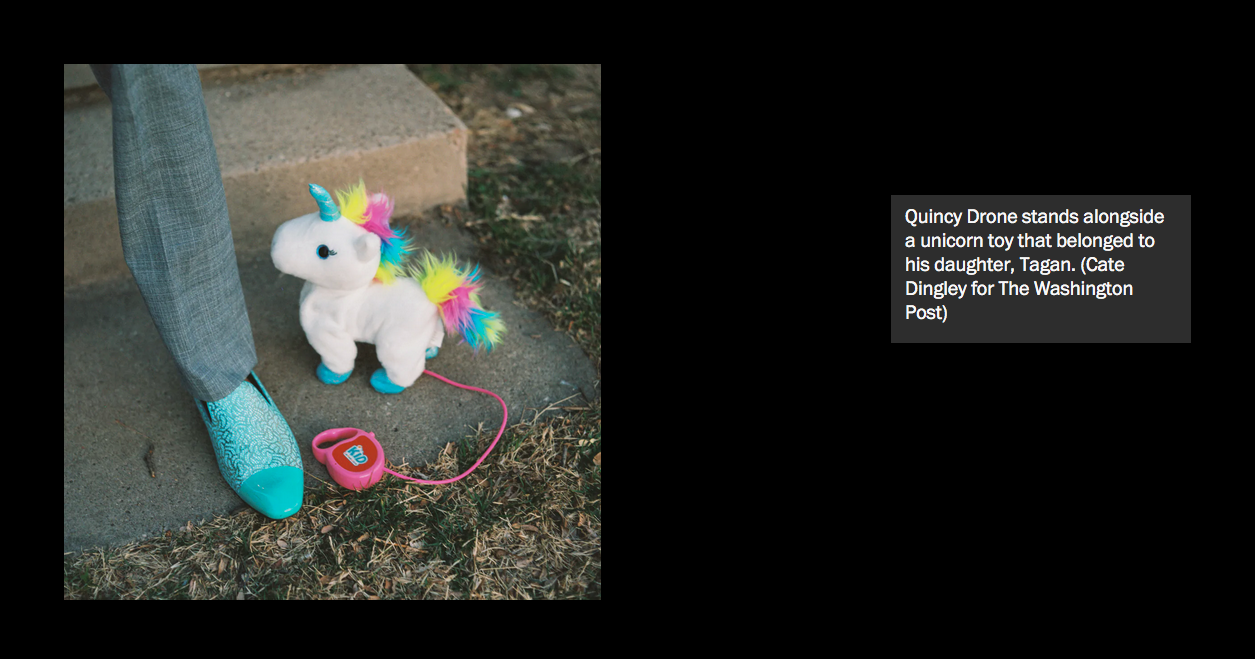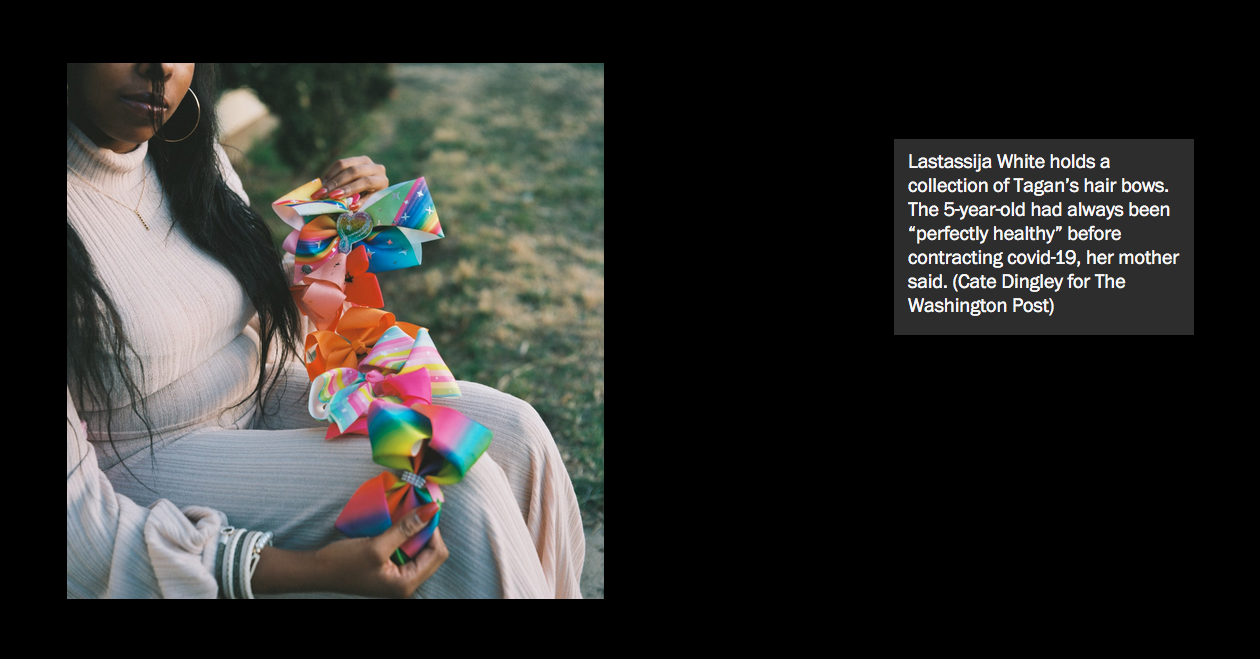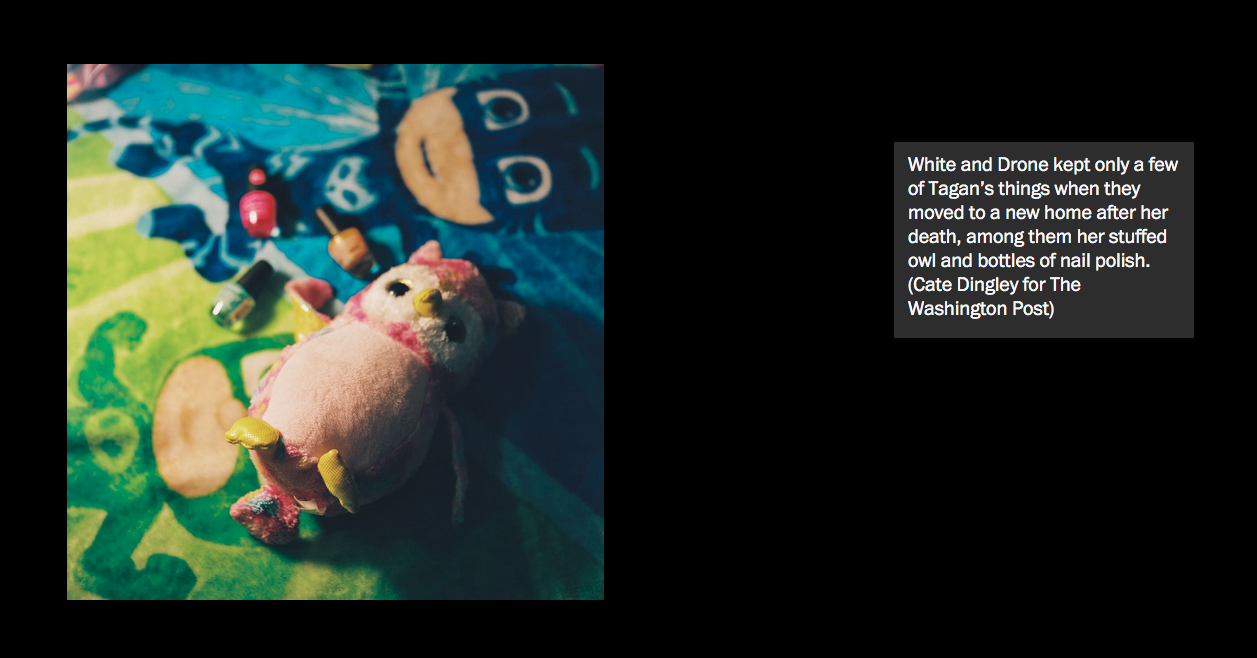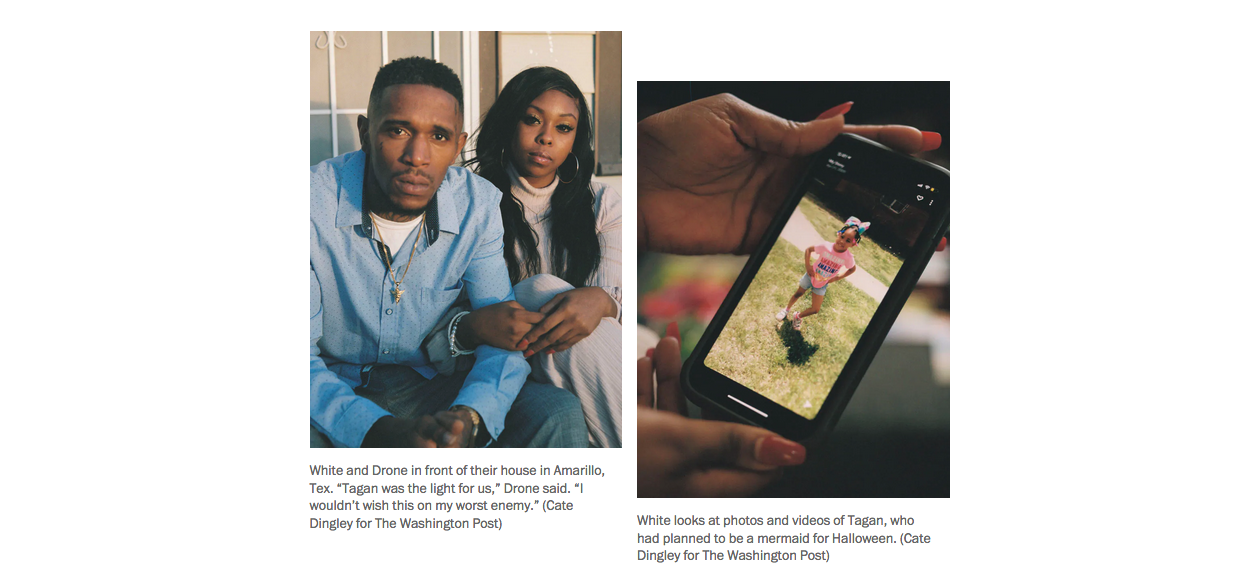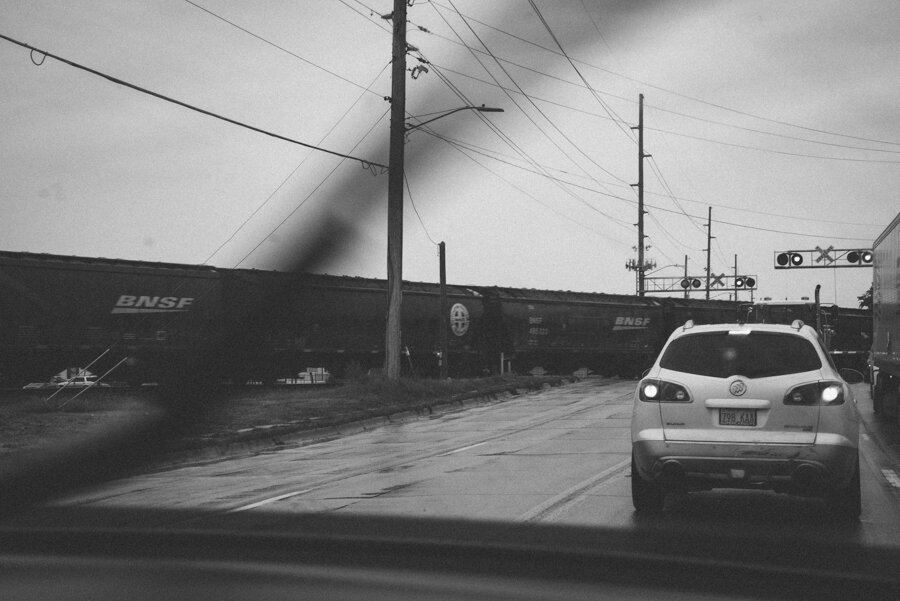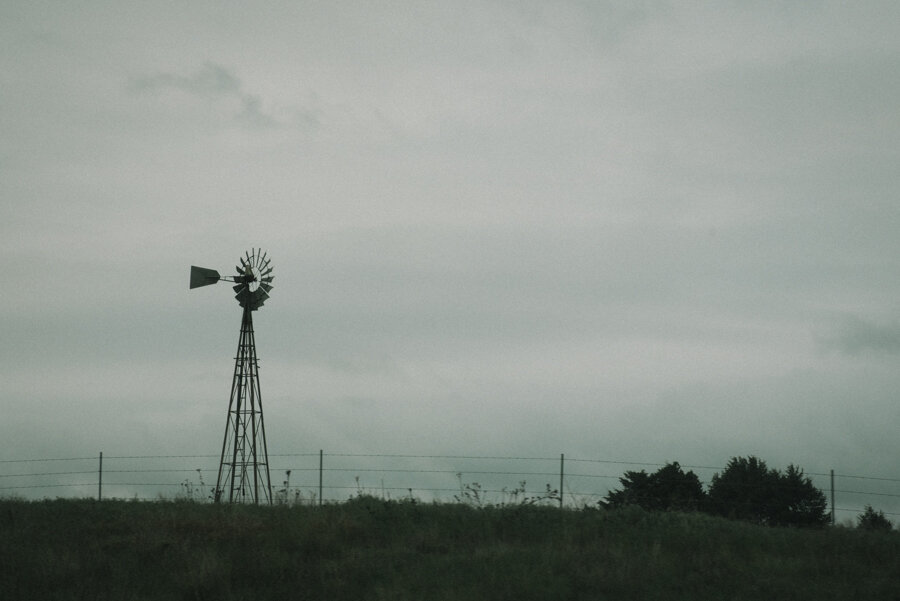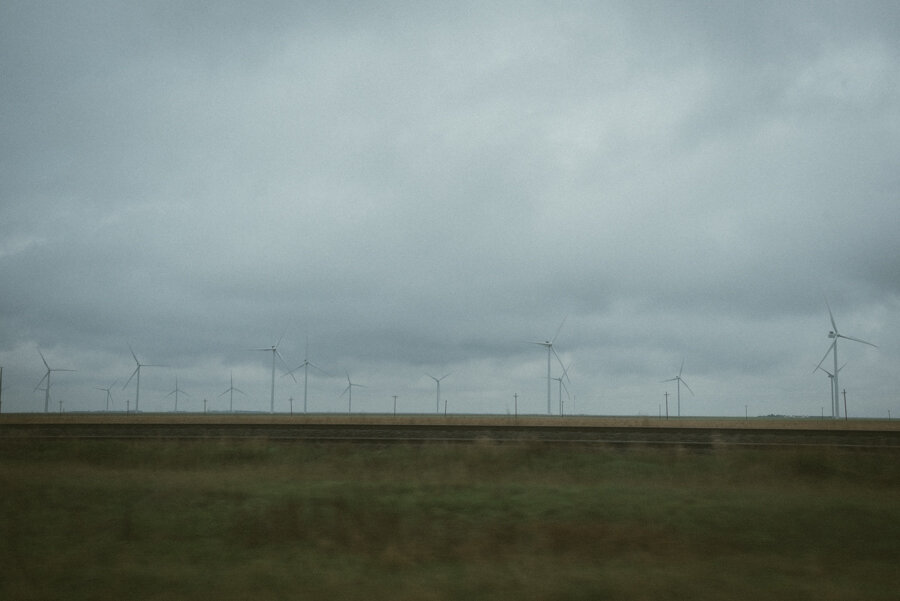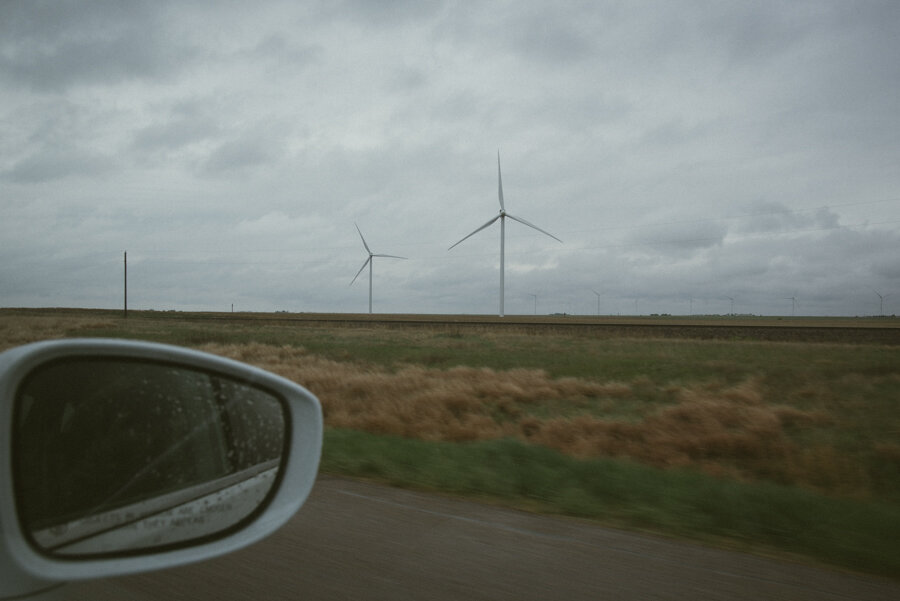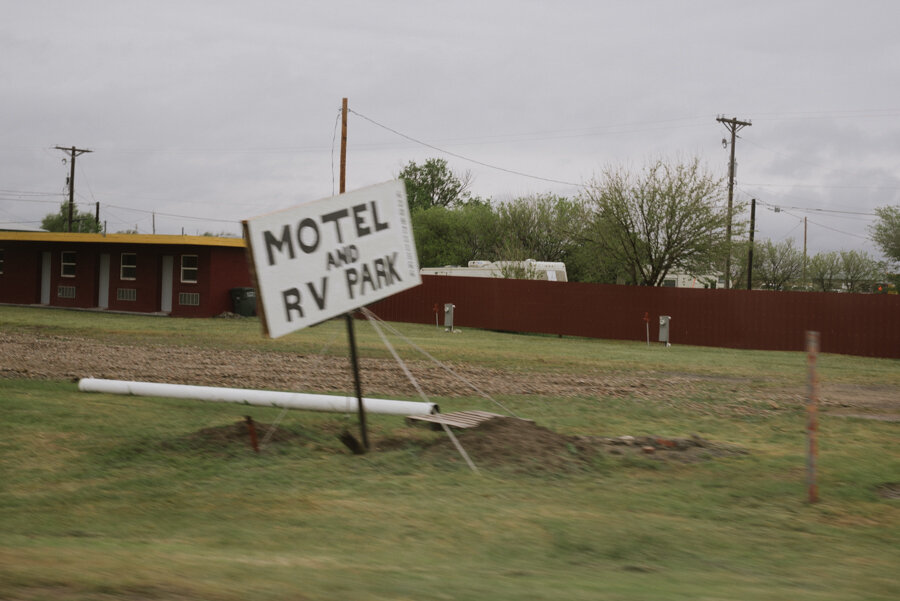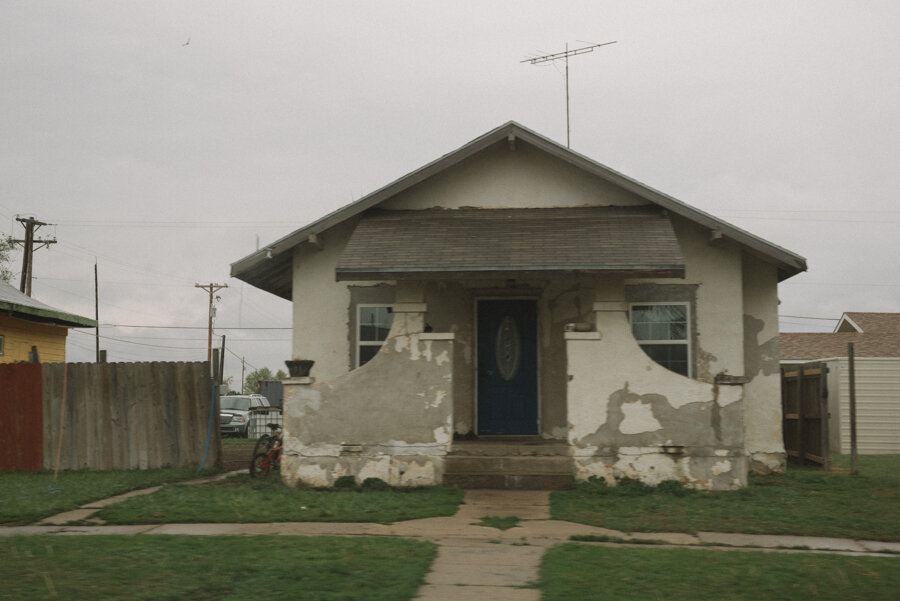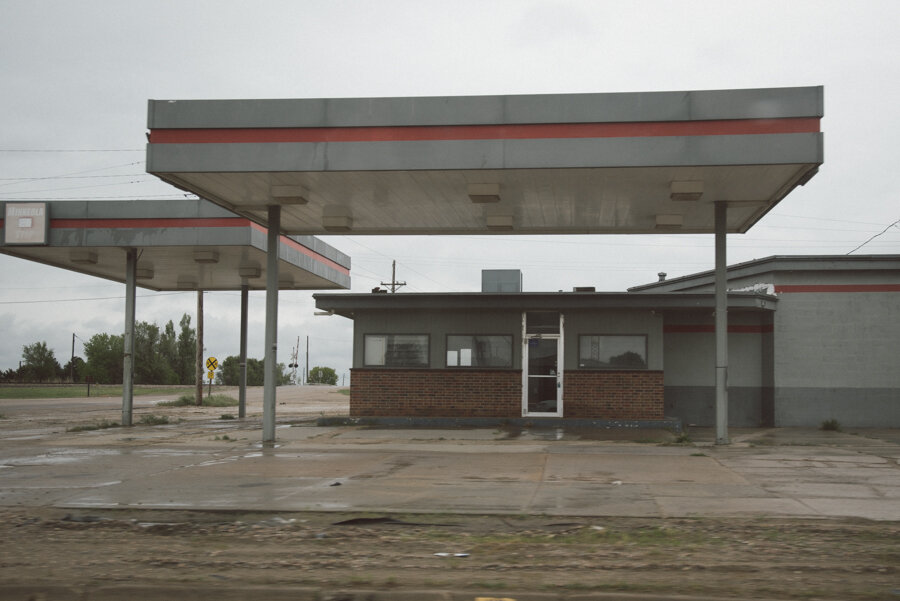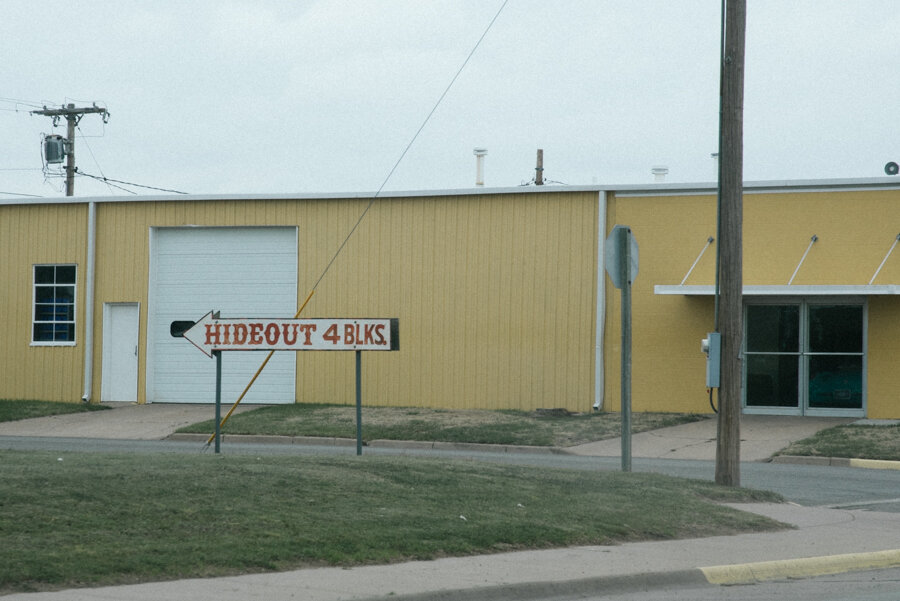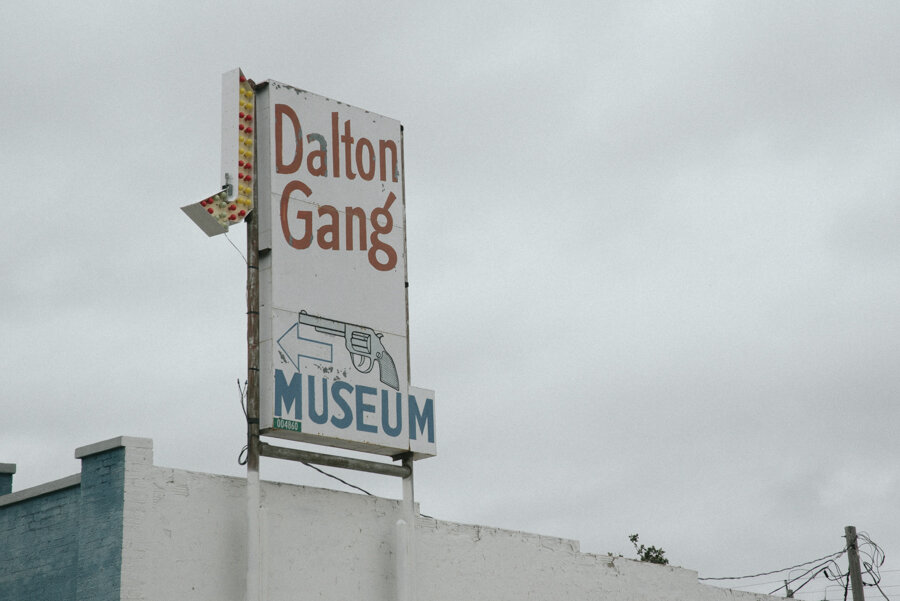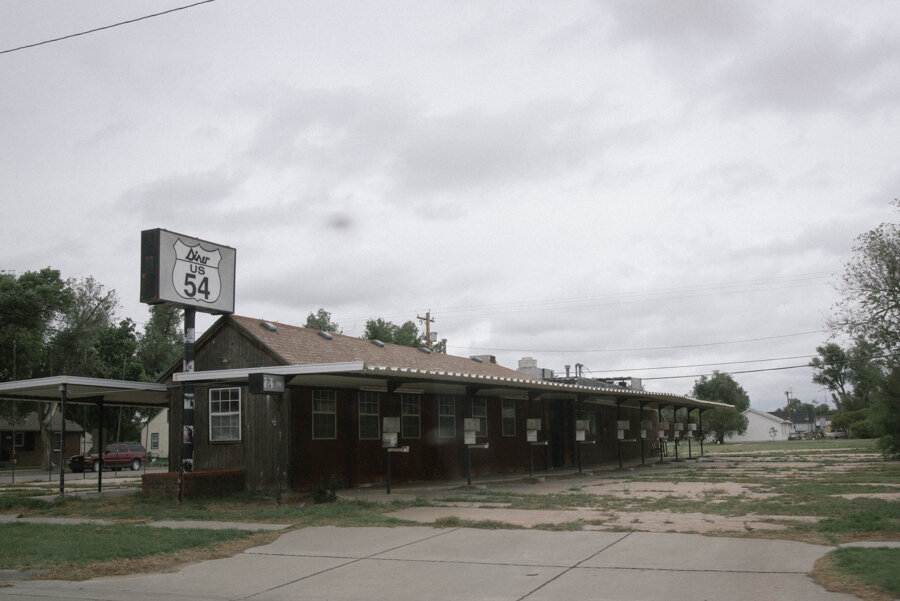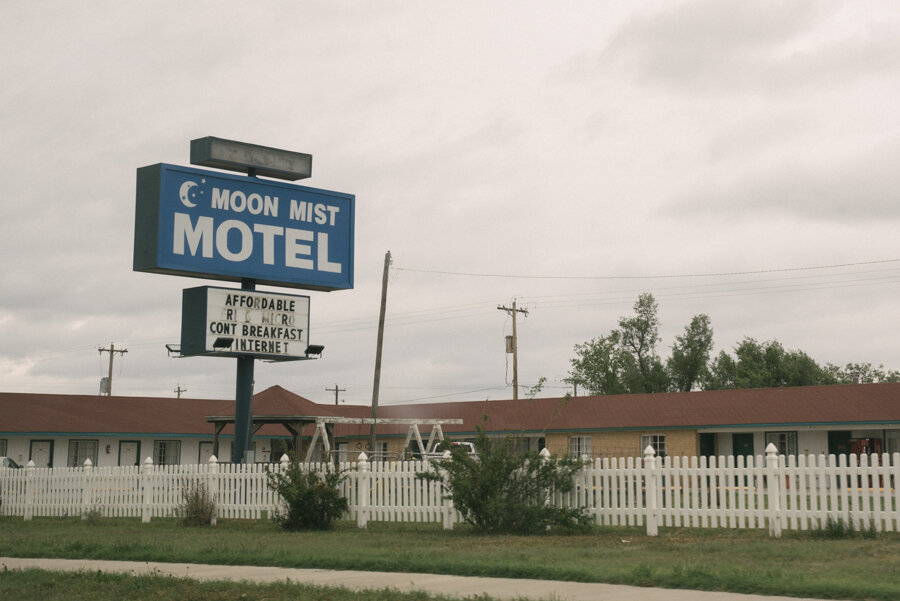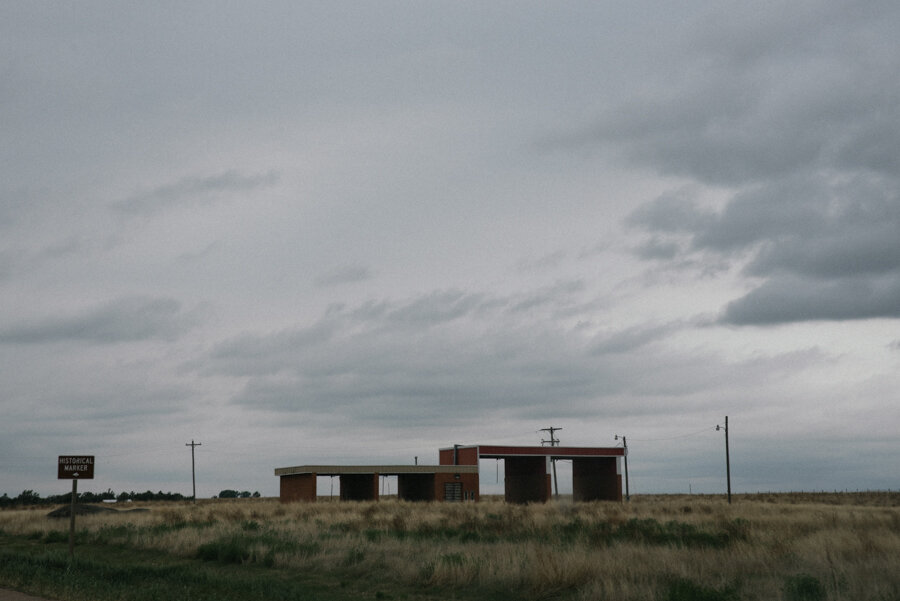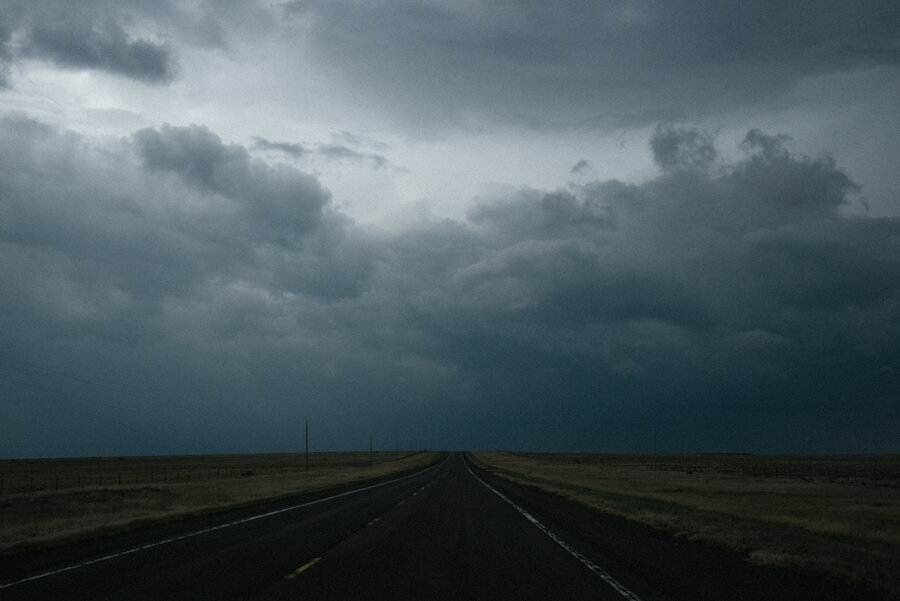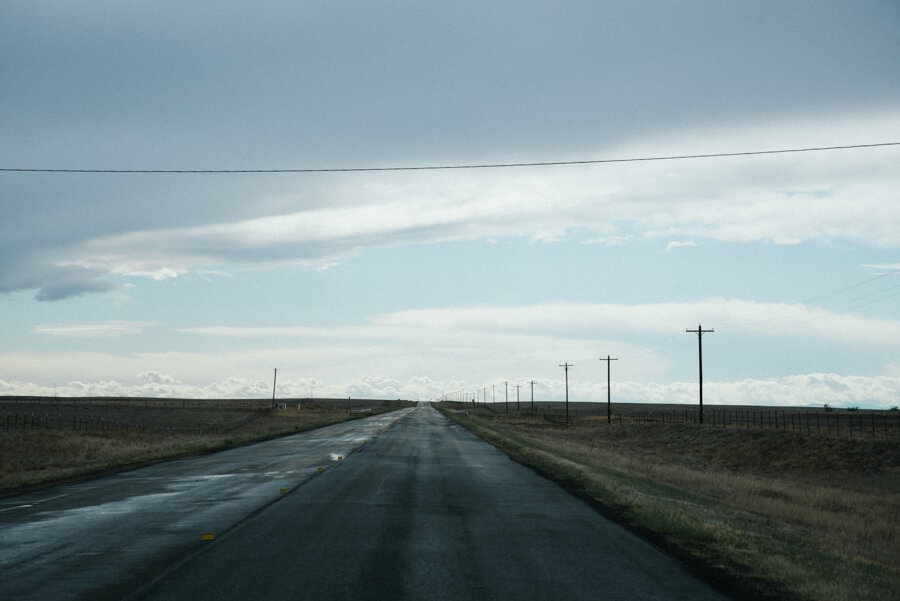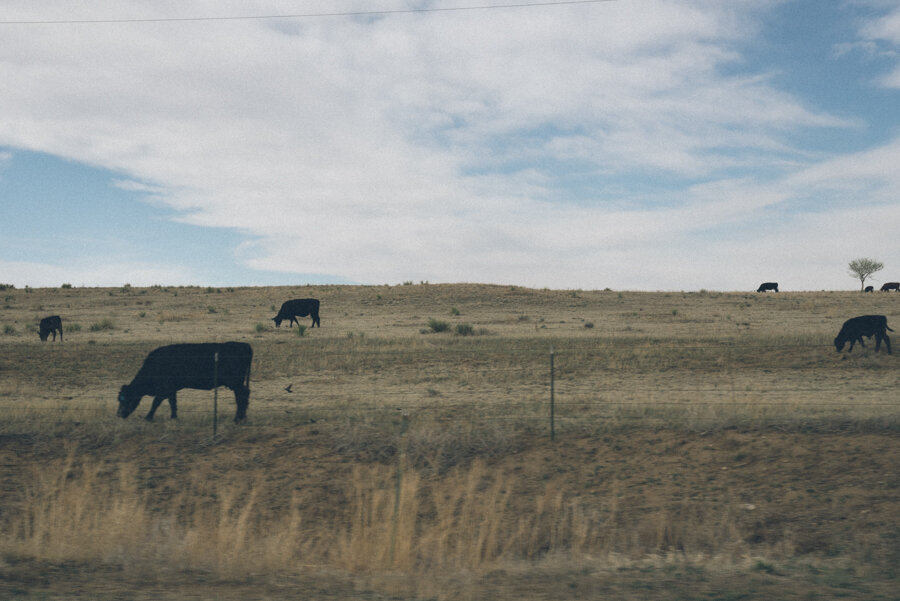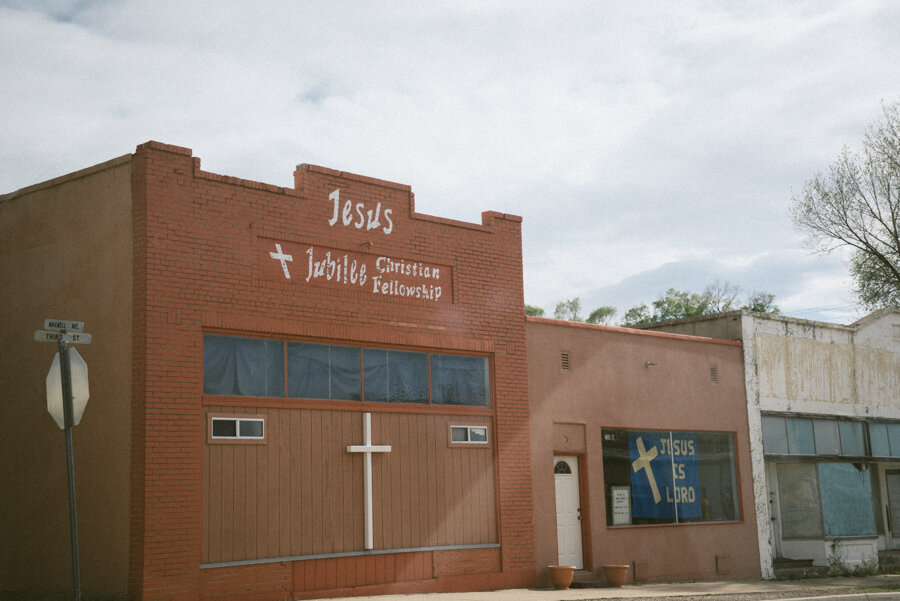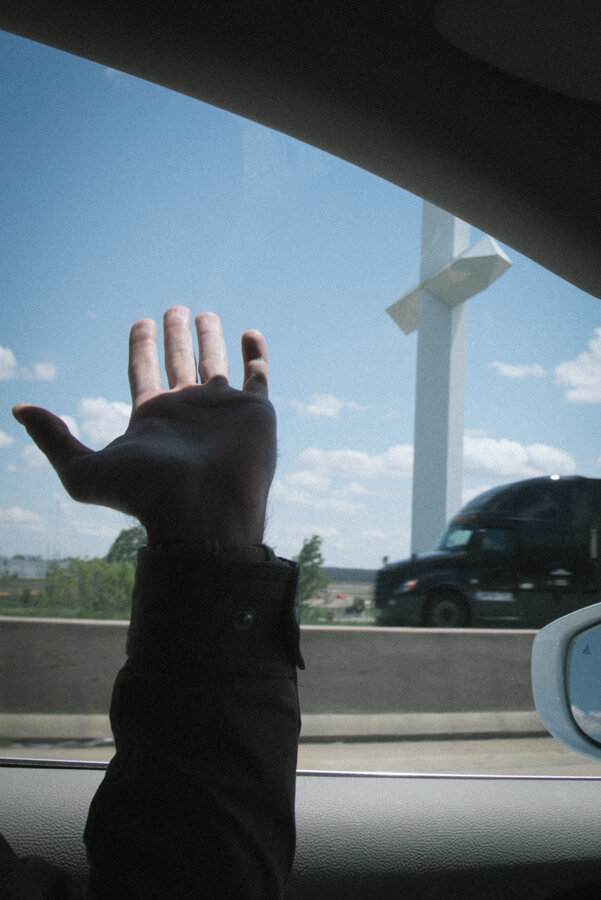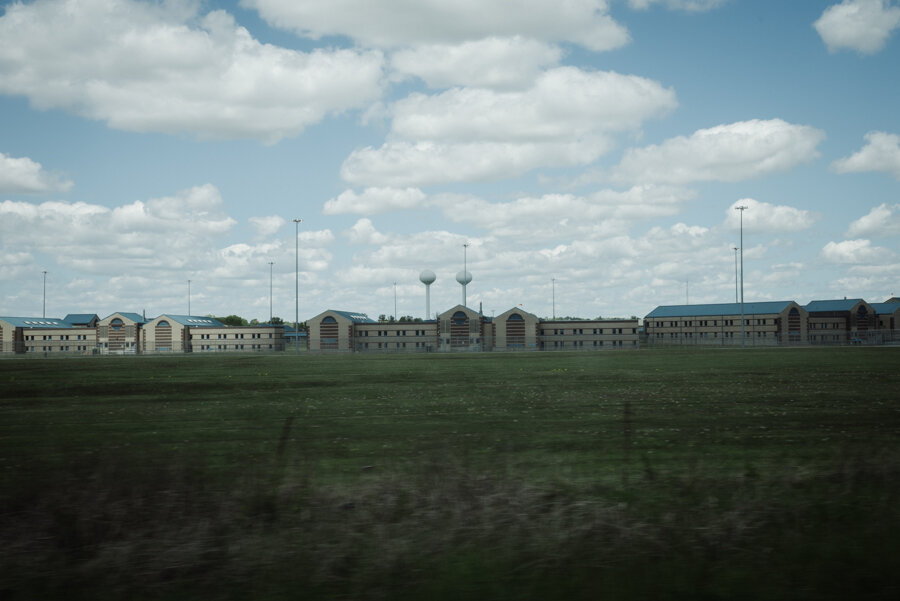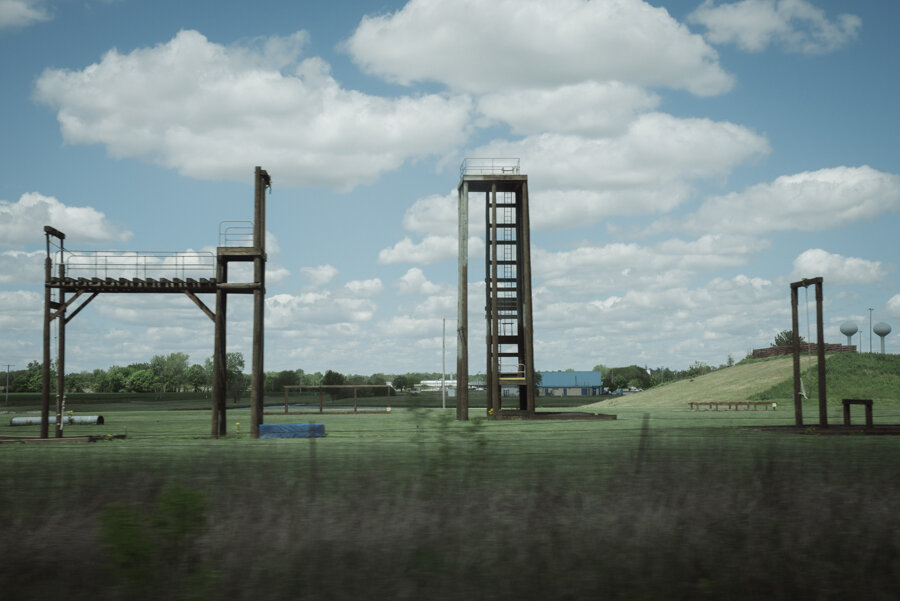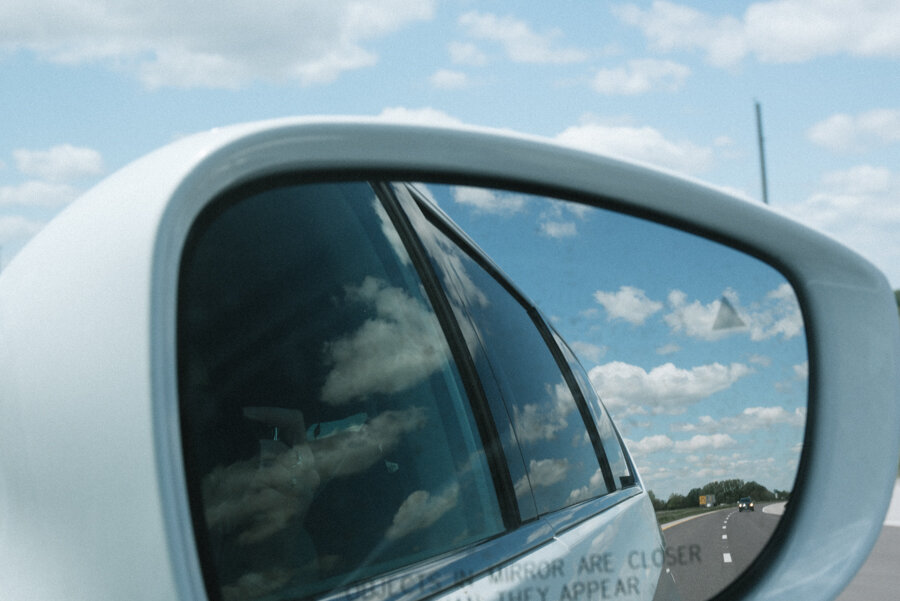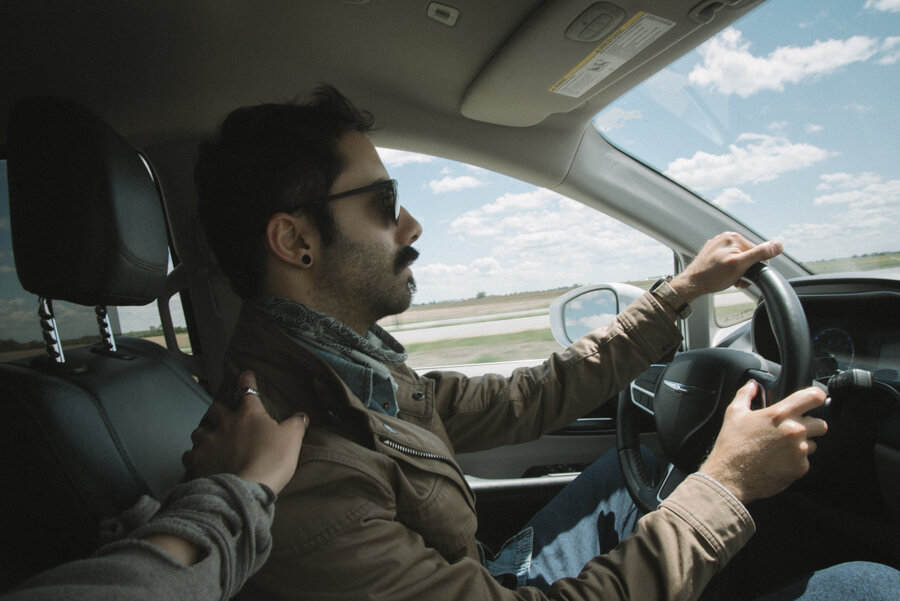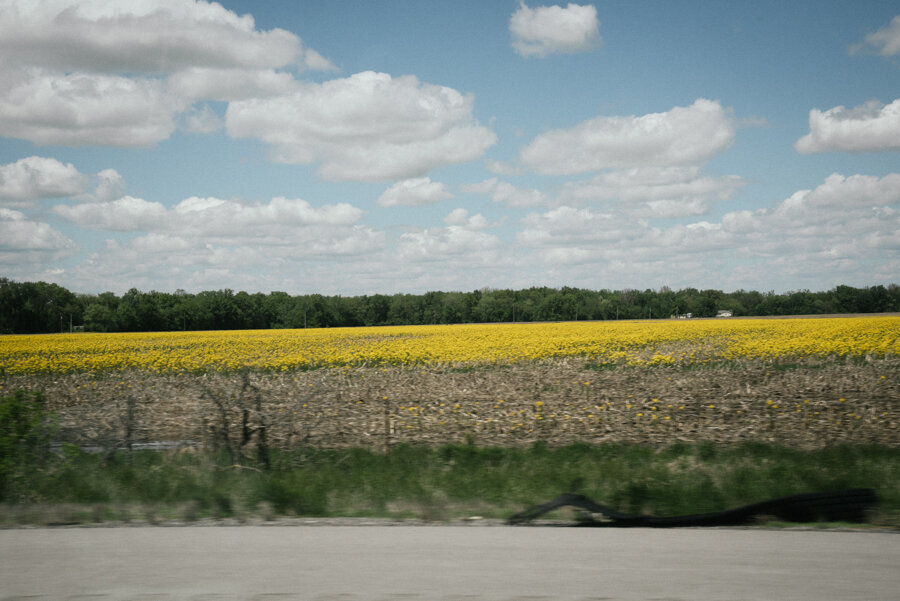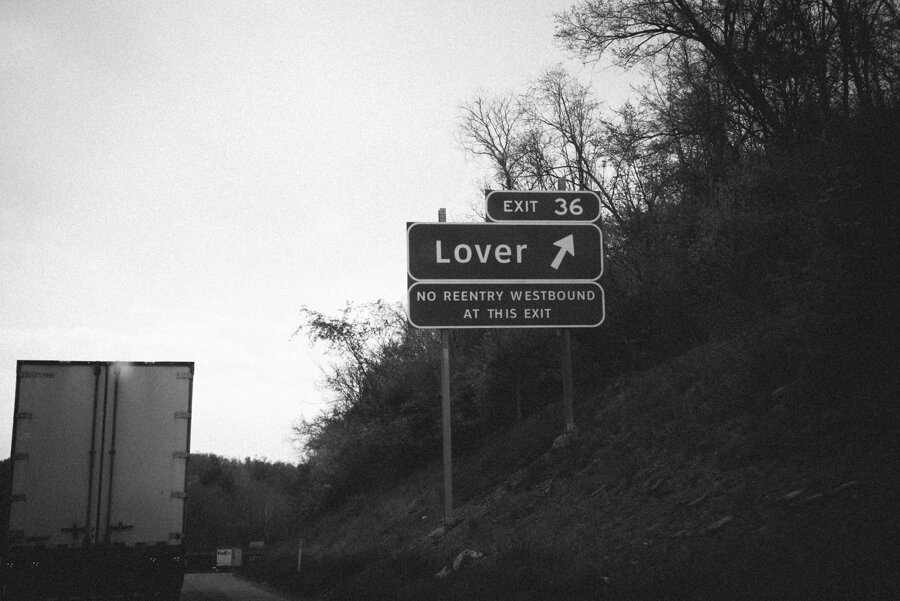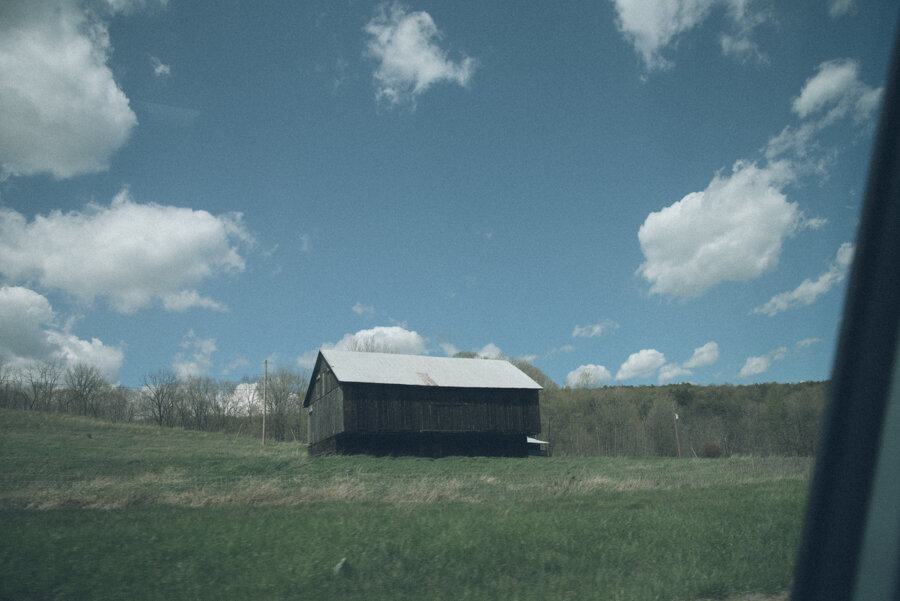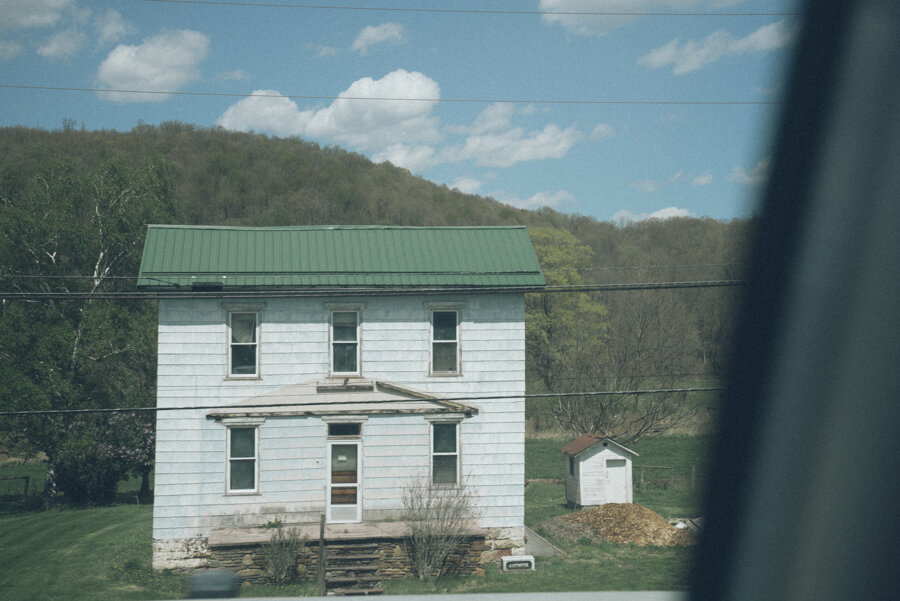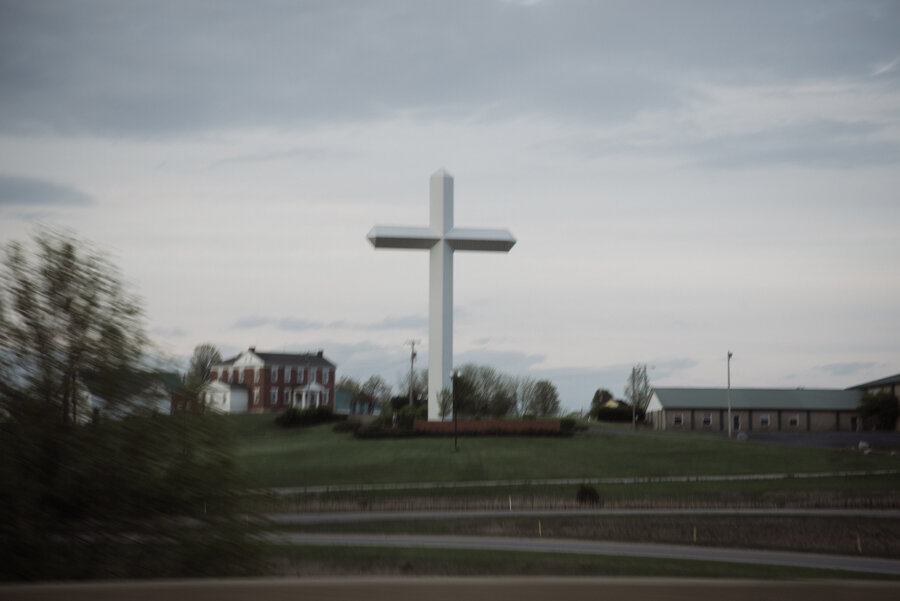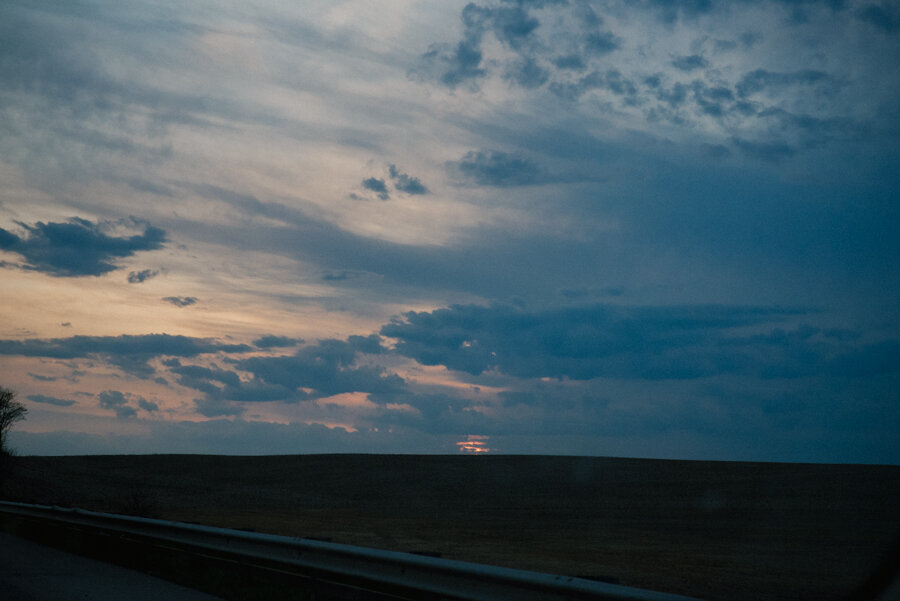The photographs I made for a Bloomberg feature on covid-19 vaccinations in the United States, were also used in articles in The New York Times and The Wall Street Journal.
Covid-19 vaccinations on the Navajo Nation
I photographed ongoing covid-19 vaccinations on the Navajo Nation in Gallup, New Mexico for Bloomberg News on March 23, 2021. On this day, the temporary clinic at the University of New Mexico was giving the second dose of the Pfizer vaccine to individuals who’d received their first shot two weeks prior.
The Navajo Nation had some of the worst covid mortality rates per capita in the United States in the spring and summer of 2020. Now, the Navajo Area Indian Health Service has vaccinated approximately 75% of their user population—people who have visited them in the last three years—and they’re still going. I felt the sense of some light at the end of the tunnel.
Read the full Bloomberg story, here. My photo is at the very end.
The Washington Post: Covid's Youngest Victims
Earlier this month I went to Amarillo, Texas to meet Quincy Drone and Lastassija White. In the Fall of 2020 their five year-old, Tagan, started in-person kindergarten, and in October, she fell sick. When her mother brought her to the hospital, Tagan tested positive for Covid-19 and was sent home. Later that night, she died.
Quincy and Lastassija found it too painful to return home where Tagan spent her last days. These photographs show who and what Tagan left behind--young parents, bereft, a few of her favorite stuffed animals, a colorful hair-bow collection.
“Look what happened to us,” Drone said. “People have to take it serious. And it’s not over. We’re still in the pandemic. We’re still in 2021. Do you think no more kids are going to die? Tagan was the light for us. I wouldn’t wish this on my worst enemy.”
"As the nation reaches the milestone of a half-million deaths about a year after the first American succumbed to the coronavirus, the number of children killed by the disease remains relatively small… Each death represents a shattered family and a trauma deepened, parents say, by the rampant belief that kids can’t get covid, or that it doesn’t much harm them when they do… The children who have died of covid-19 are, even more than among adults, disproportionately children of color — about three-quarters of those who’ve succumbed to covid so far, according to CDC data." -italicized text by Washington Post authors
The Washington Post: Food Insecurity During Coronavirus
Thirty percent of American households where people have lost income because of the virus have missed meals or relied on food handouts in recent weeks, according to a Kaiser Family Foundation poll.
Many people who are new to worrying about getting food had low incomes at the start. Approximately a quarter of people making less than $40,000 year said the virus has pushed them to skip meals or seek free food, the poll found.
But the surprise to many food bank managers — and to their new clients — is the number of people one step up the income ladder, in the $40,000 to $90,000 range, who are short on food. About 12 percent of Americans in that income bracket said they have missed or cut the size of meals in recent weeks.
“We have a group of people who are suddenly struggling to get food,” Santa Fe Mayor Alan Webber said. “They’re people who are really unused to asking for help, people who thought they had a pretty good handle on life.”
Read full article here / text above & below by Marc Fisher/The Washington Post
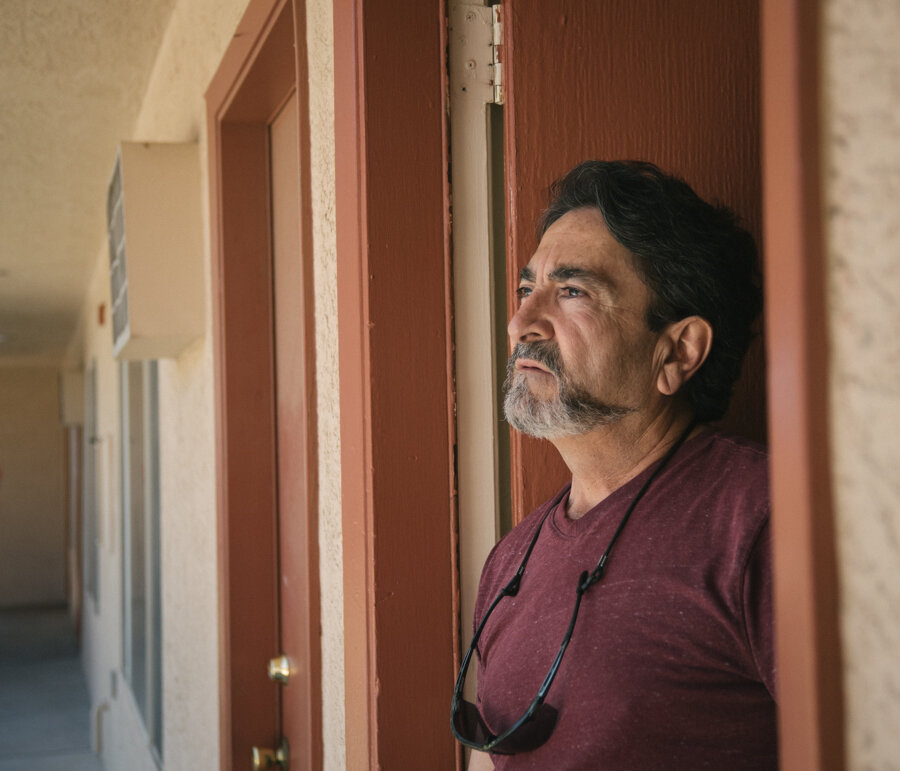
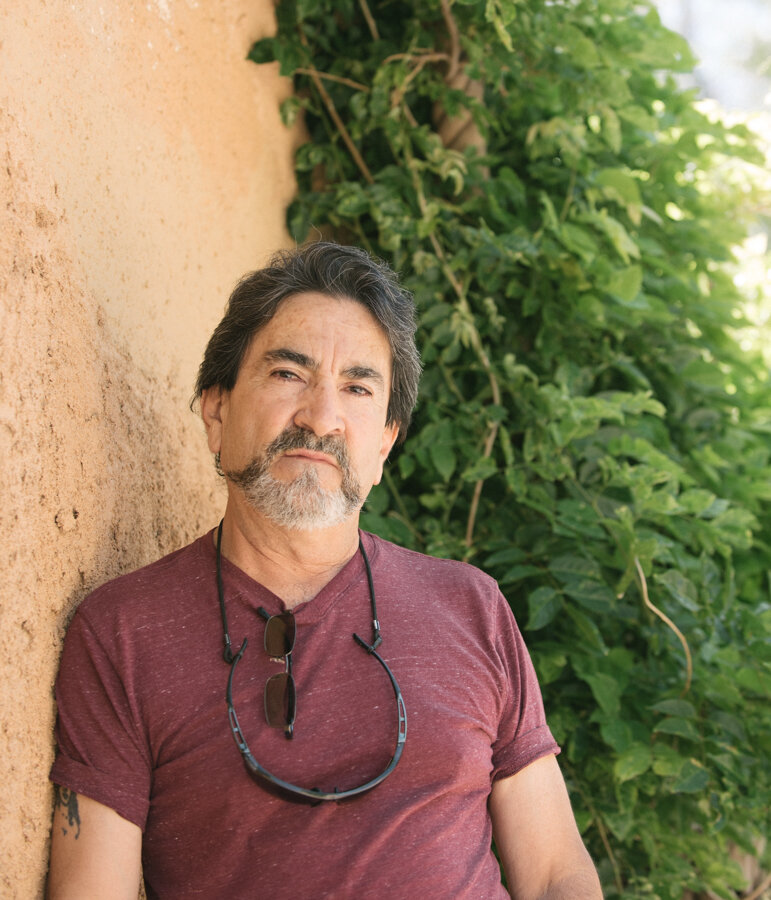
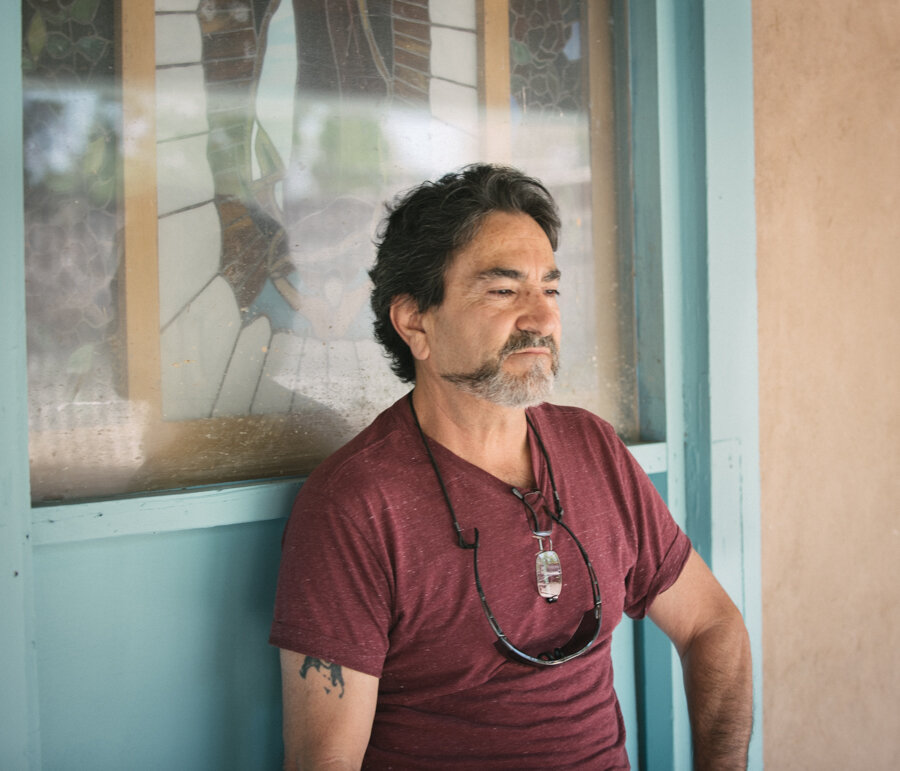
The Robert Garcia that Robert Garcia always saw in the mirror was the Marine who jumped out of helicopters, the guy who built houses, rode a Harley and had plenty of buddies. Now, thanks to the coronavirus, his reflection shows a man alone in a single room in Santa Fe, N.M., out of work, looking outside and wondering what the neighbors are thinking when the food bank delivers his meals.
“People see them coming and I feel this anxiety that they look at me in a different way,” Garcia said. “Like, ‘What’s wrong with this dude that he’s getting food like that?’ ”

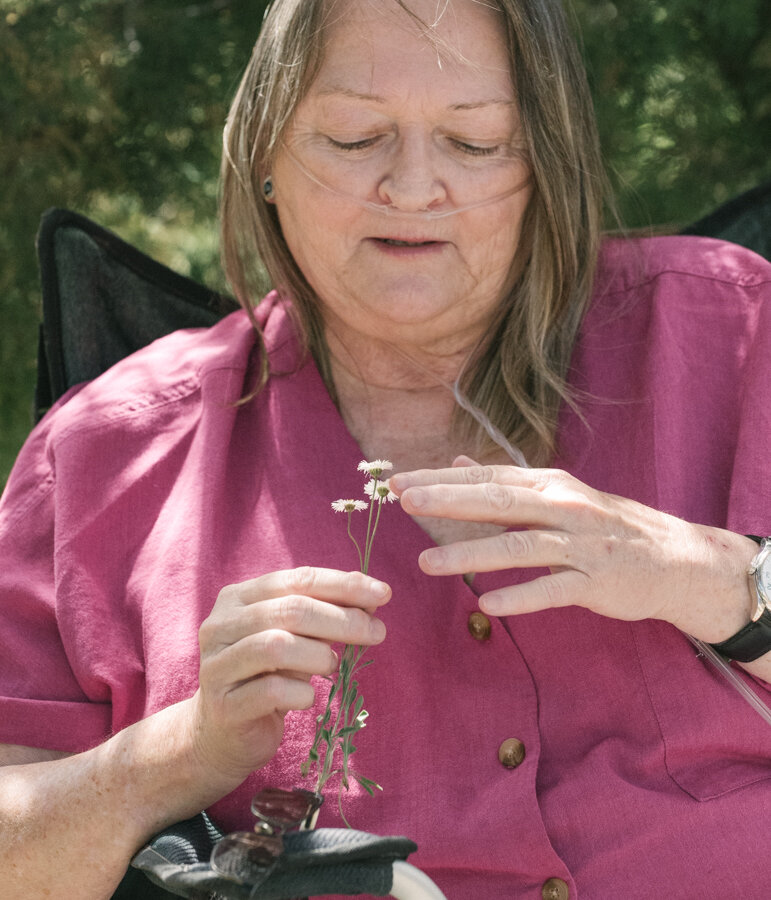
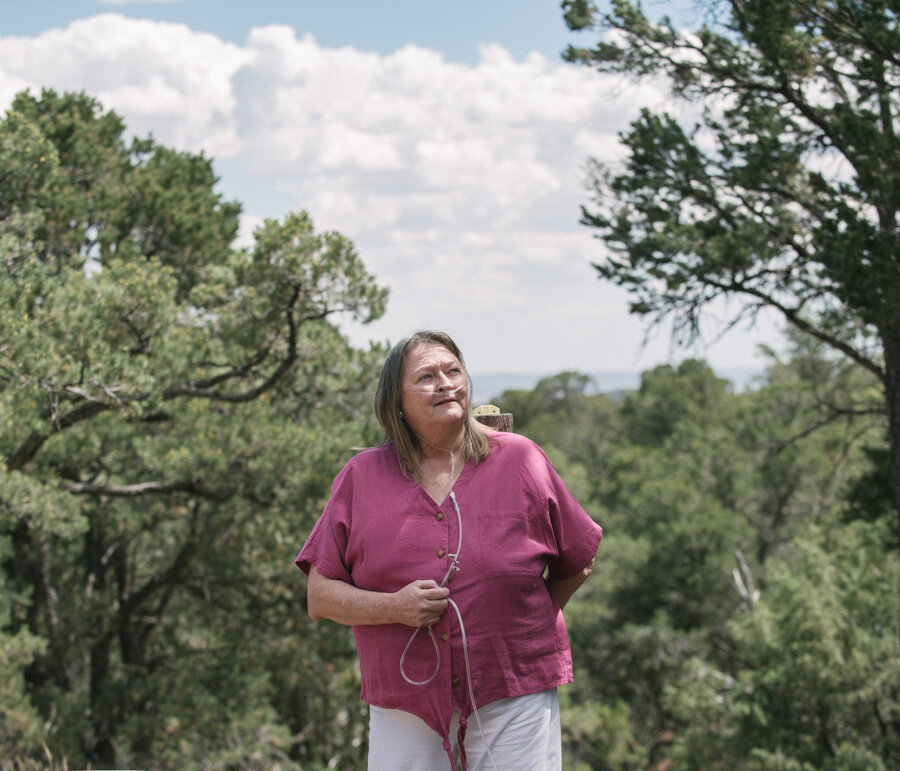
Until March, Fran Bednarek, a nurse in Santa Fe, traveled to the homes of people in need and helped them figure out how to keep it together. Now, she has lost all her income, is stuck inside, and depends on a charity’s weekly boxes of frozen dinners.
“I’ve been fiercely independent all my life,” she said. “I don’t ask for help. I keep thinking, ‘Are you sure I can have this?’ I get kind of a guilt feeling of not being able to pay my own way.”
In Santa Fe, the number of people receiving meals from Kitchen Angels, the nonprofit that is helping Garcia and Bednarek, has shot up by 27 percent in the past six weeks, said Jeanette Iskat, the agency’s client services manager.

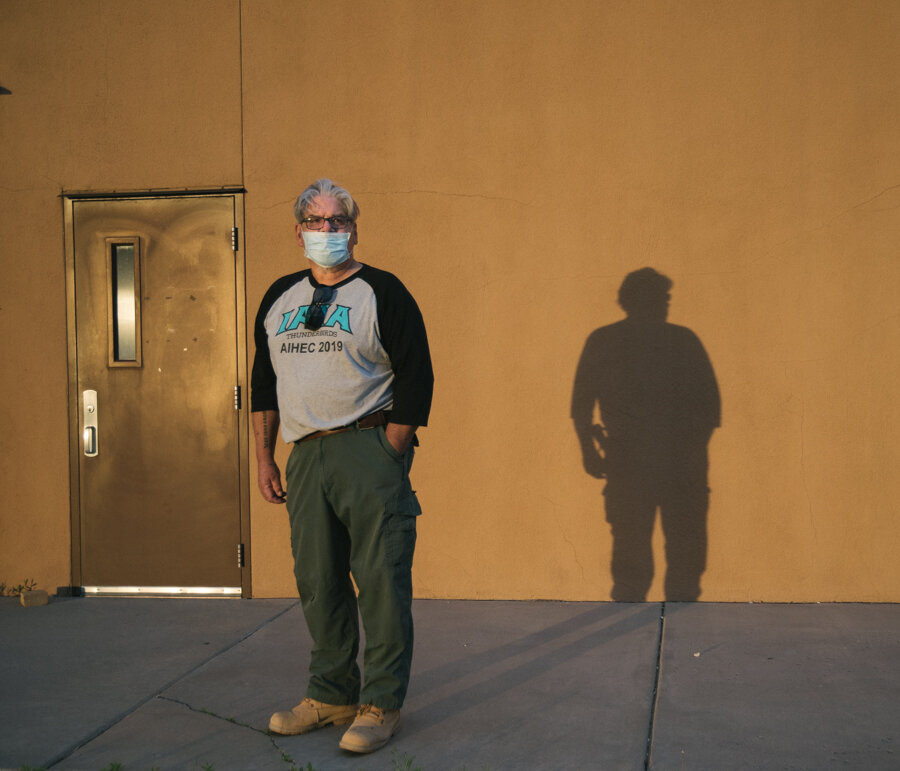
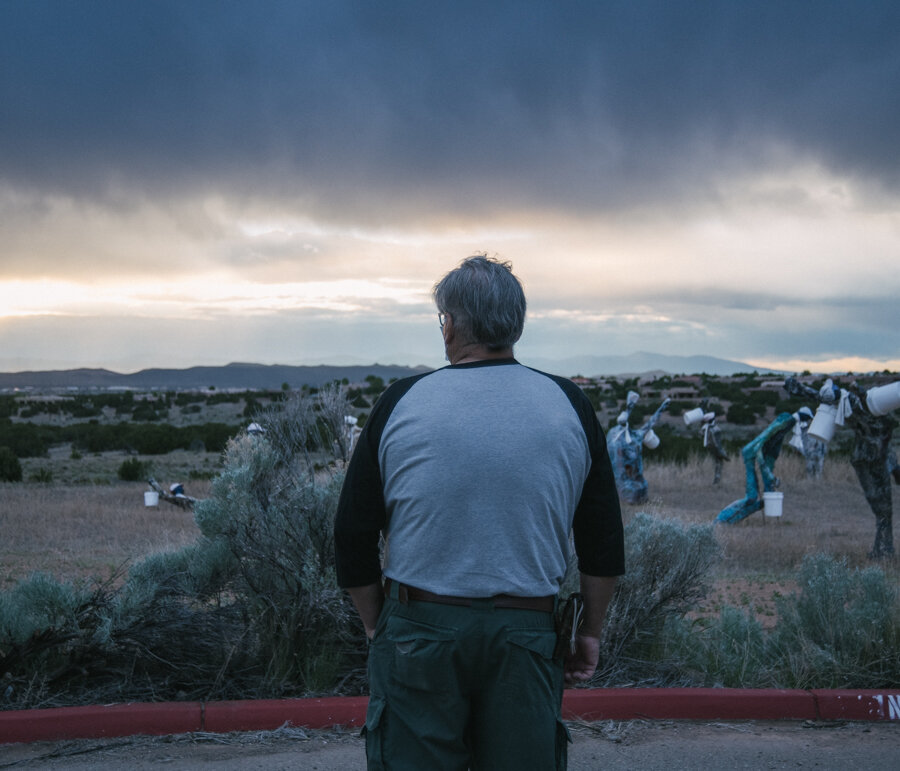
“I’ve always been self-sufficient and I was taught to take care of myself,” said T’cha-Mi’iko Cosgrove, a 73-year-old artist who was studying at the Institute of American Indian Arts in Santa Fe when the virus hit, closing the dormitories and dining hall. Now, with no job, no school and no income, he relies on food handouts, with no end in sight.
“I don’t know where I’ll go or what I’ll do,” he said. “But I’m not panicking. Today, I’m just not thinking about it.”
COVID Road Trip: Day 3
Kansas - Oklahoma - Texas - New Mexico
COVID Road Trip: Day 2
Indiana - Missouri
COVID Road Trip: Day 1
New York - New Jersey - Pennsylvania - Ohio - Indiana
The Washington Post: Love & Loneliness in the Time of the Coronavirus
To be given an assignment with absolute creative freedom, especially during this confining period, was a gift. I took out my 4x5 camera and expired instant film and spent two days making these images. Take time to dig into all the artists' work, beautiful diverse views of love and the pandemic from around the world. Read here
My tiny apartment is filled with objects that remind me of people I care about and memories of different places and times. Using these objects and my limited space, I created scenes dedicated to them and the confusing emotions we’re feeling under quarantine.
As an introvert and someone who’s been relatively calm during this period of isolation, the process of photographing confronted me with my deep longing for these loved ones and my anxiety for their well-being.
The New Normal
1/ Bundle up head to toe, plus mask & gloves
2/ Pack almost nothing in your backpack cause that’s less stuff to disinfect later
3/ Lysol the hell out of rental car (get Lysol migraine)
4/ Keep 6 feet away from people!
5/ Purell, purell, purell
6/ When home, go straight to laundry room in the basement. Strip & start laundry, then run through the building to your apartment in your undies, shoes, & backpack (this is the one fun part)
7/ Dump backpack outside front door, jump in shower immediately
8/ Be paranoid you forgot to disinfect something the rest of the night










